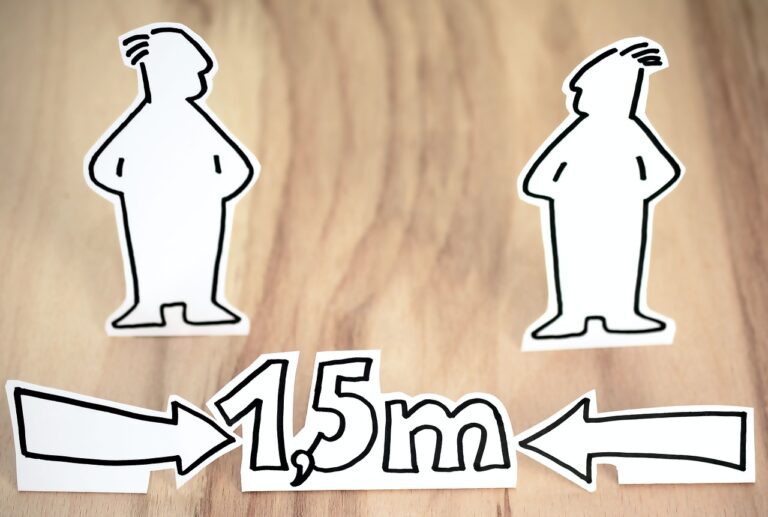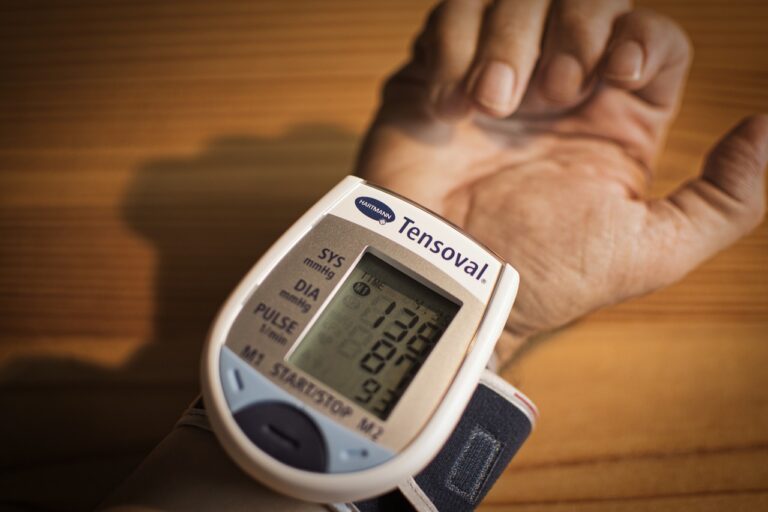Understanding the Impact of Healthcare Access on Health Disparities
Health disparities, defined as differences in health outcomes among specific population groups, are closely intertwined with healthcare access. Limited access to healthcare services can exacerbate existing disparities in health outcomes, as individuals facing barriers to care may not receive timely medical treatment or preventive services. The disparity in access to healthcare can further widen the gap in health outcomes between different demographic groups, such as racial and ethnic minorities, low-income individuals, and rural populations.
Research indicates that individuals with inadequate access to healthcare services are more likely to experience poor health outcomes, including higher rates of chronic diseases, complications from untreated conditions, and lower life expectancies. These disparities highlight the critical importance of addressing barriers to healthcare access in order to improve overall health outcomes and promote health equity. By ensuring equitable access to quality healthcare services for all individuals, regardless of their socio-economic status or geographical location, we can work towards reducing health disparities and building a healthier society for everyone.
Factors Influencing Access to Healthcare Services
Several factors contribute to individuals’ access to healthcare services. One of the main influencers is socioeconomic status. Income level, education, and occupation can significantly impact a person’s ability to afford healthcare and access quality services. Lower-income individuals may struggle to pay for insurance or out-of-pocket expenses, making it difficult to seek necessary medical care.
Another key factor is geographic location. Rural areas often have fewer healthcare providers and facilities, leading to challenges in accessing timely and convenient care. Individuals living in remote regions may have to travel long distances to reach healthcare services, resulting in delays in treatment and lower utilization of preventive services. Geographic disparities can exacerbate existing health inequalities, particularly for underserved populations who already face barriers to healthcare access.
Barriers to Healthcare Access for Underserved Populations
One of the significant barriers to healthcare access for underserved populations is the lack of health insurance coverage. Without insurance, many individuals face financial hardships when seeking medical care, leading them to forgo necessary treatments or preventative services. This can result in delayed diagnoses, worsened health outcomes, and increased healthcare costs in the long run.
Additionally, geographical location plays a crucial role in limiting healthcare access for underserved populations. Rural areas often have fewer healthcare facilities and providers, making it challenging for residents to access necessary medical services. This lack of proximity can hinder timely treatment and preventive care, contributing to disparities in health outcomes between urban and rural populations.
Lack of health insurance coverage leads to financial hardships for underserved populations
Forgoing necessary treatments or preventative services due to lack of insurance can result in delayed diagnoses and worsened health outcomes
Increased healthcare costs in the long run may be a consequence of individuals not seeking medical care when needed
Geographical location is a significant barrier to healthcare access for underserved populations
Rural areas often have fewer healthcare facilities and providers, making it challenging for residents to access necessary medical services
Lack of proximity to healthcare facilities can hinder timely treatment and preventive care for underserved populations
What is the relationship between healthcare access and health disparities?
Lack of access to healthcare services can lead to health disparities, as underserved populations may not receive the necessary medical care and treatments to address their health needs. This can result in poorer health outcomes compared to those who have better access to healthcare.
What are some factors that influence access to healthcare services?
Factors such as socioeconomic status, geographic location, insurance coverage, cultural barriers, language barriers, and discrimination can all impact an individual’s ability to access healthcare services.
What are some common barriers to healthcare access for underserved populations?
Common barriers include lack of insurance coverage, high healthcare costs, transportation issues, limited availability of healthcare providers, language barriers, cultural differences, and discrimination.
How do these barriers contribute to health disparities among underserved populations?
These barriers can prevent underserved populations from receiving timely and appropriate medical care, leading to untreated health conditions, higher rates of chronic diseases, and overall poorer health outcomes compared to more privileged populations.







